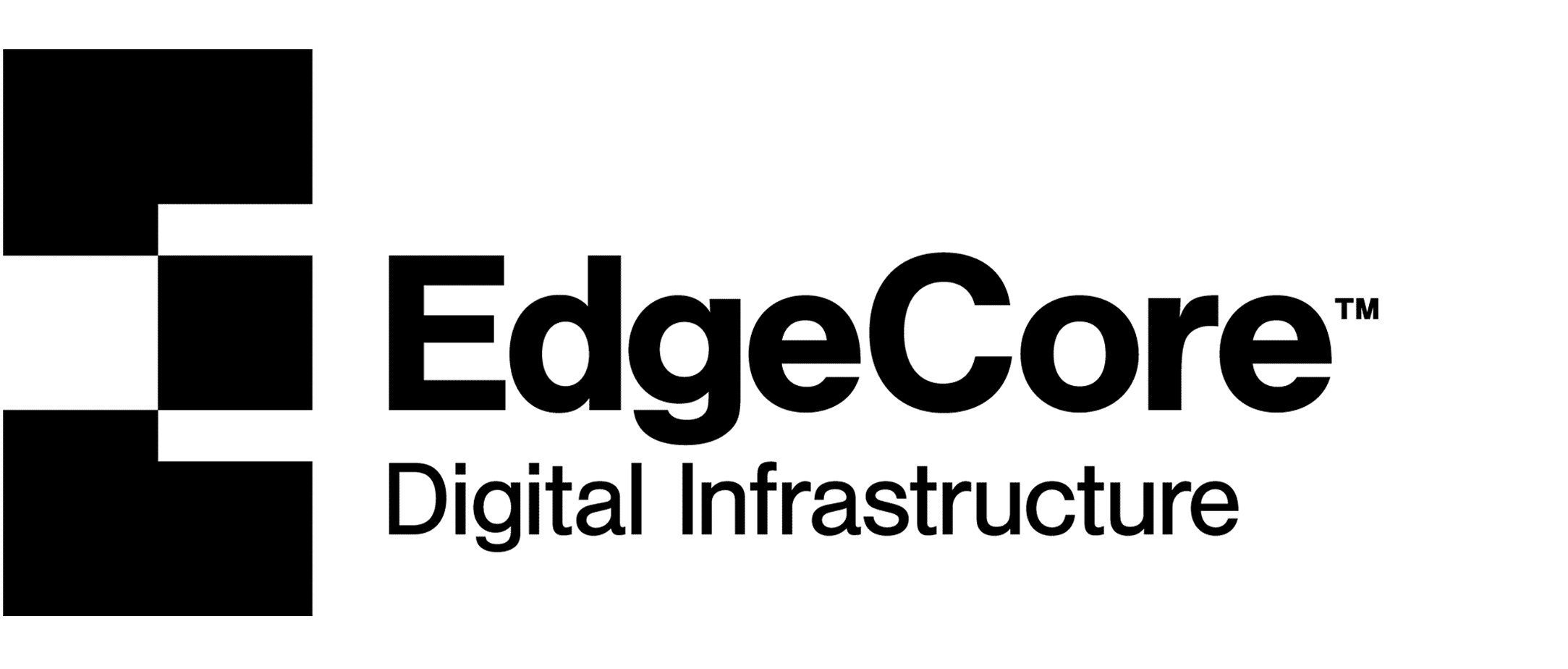SAFETY
Safety at EdgeCore
People and their safety come first at EdgeCore. Our EHS programs are designed to prioritize the health and well-being of every employee, vendor, customer, and visitor during both construction and daily operations.
A company culture grounded in safety.
Safety is a core value at EdgeCore, as evidenced by our top-down executive leadership focus that prioritizes, values, nurtures, supports, and rewards a safe, open, and honest culture by providing employees and vendors with the necessary skills, risk awareness techniques, and risk control capabilities to empower them to confidently manage and mitigate risks.

Policies and Procedures
EdgeCore’s safety program contains simple, detailed, and clear goals and processes that ingrain safe behavior and enable our teams to identify and eliminate life-threatening dangers in the workplace. The program focuses on driving awareness of high-risk activities and applying leading practices to eliminate those risks.
Partnership for Common Objectives
Safely developing, constructing, and operating data centers requires like-minded partners throughout the value chain with strong safety records.
Measuring and Learning
Measuring behavior against our safety goals, including the frequency at which potential risks are identified and how well we protect against those risks, enables avoidance of harmful mistakes. By widely communicating lessons learned, we constantly improve.
Our unwavering dedication to data center construction and operational safety is reflected in our goal of achieving zero work-related serious injuries and fatalities. EdgeCore’s certification and training programs are key to achieving that goal by providing an awareness of risks and safe practices throughout the organization, and by empowering employees to ensure safety is no secret.
Certifications and training programs at EdgeCore include:
- OSHA certification for all employees, including security, operations, corporate and construction team members.
- AED, CPR, and First Aid training and certifications for all security, operations, and construction team members.
- Monthly safety training and drills that are tailored to the specific roles of our employees so that safety remains at the forefront of daily operations. This includes emergency preparedness to ensure all team members are equipped to handle potential safety incidents should they arise.
- Annual EHS training for all employees to ensure every member of our team is equipped with the most current knowledge and best practices.

Global Safety Initiatives
EdgeCore is a founding member of the Data Center Safety Council (DCSC), an industrywide forum dedicated to working collaboratively to ensure the safety and wellbeing of data center workers worldwide. The DCSC addresses common issues and seeks consistent, long-term solutions through knowledge sharing and collaboration, standardization of best practices, and defining resources for training and development.


